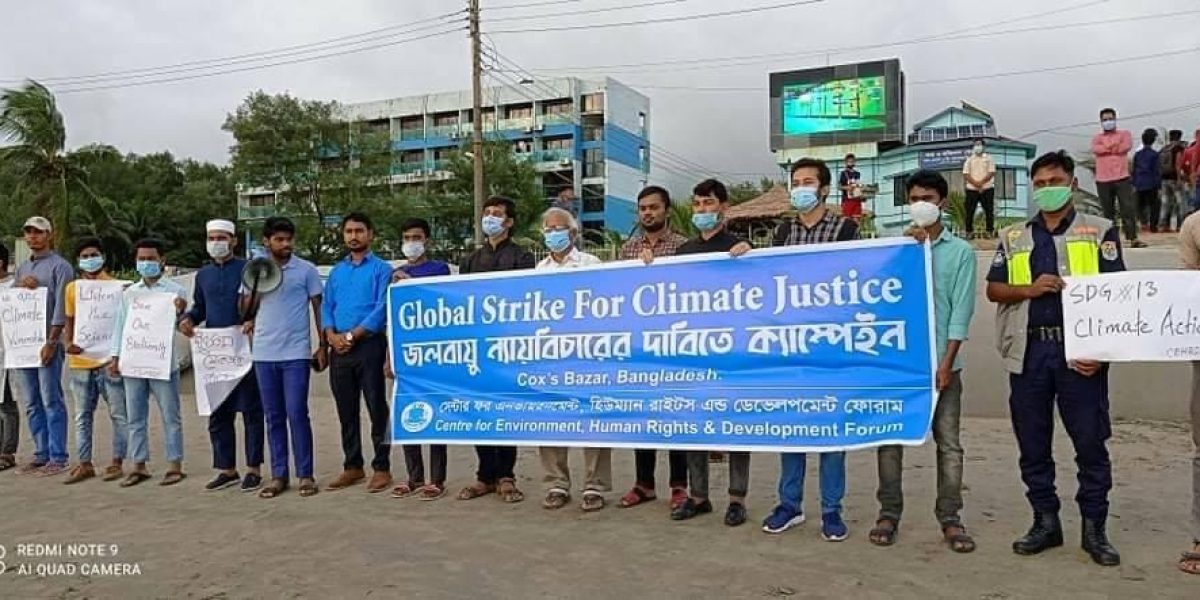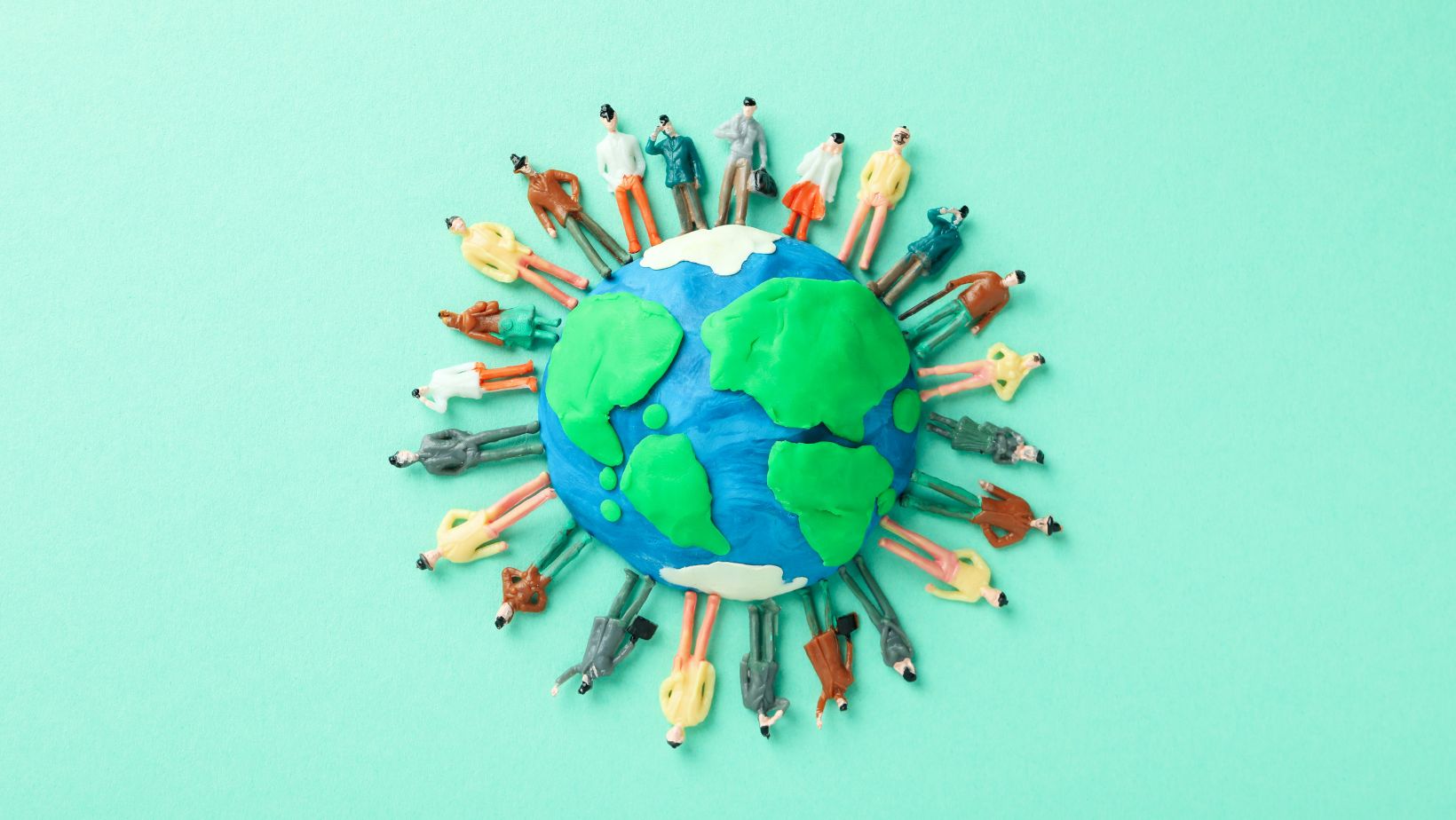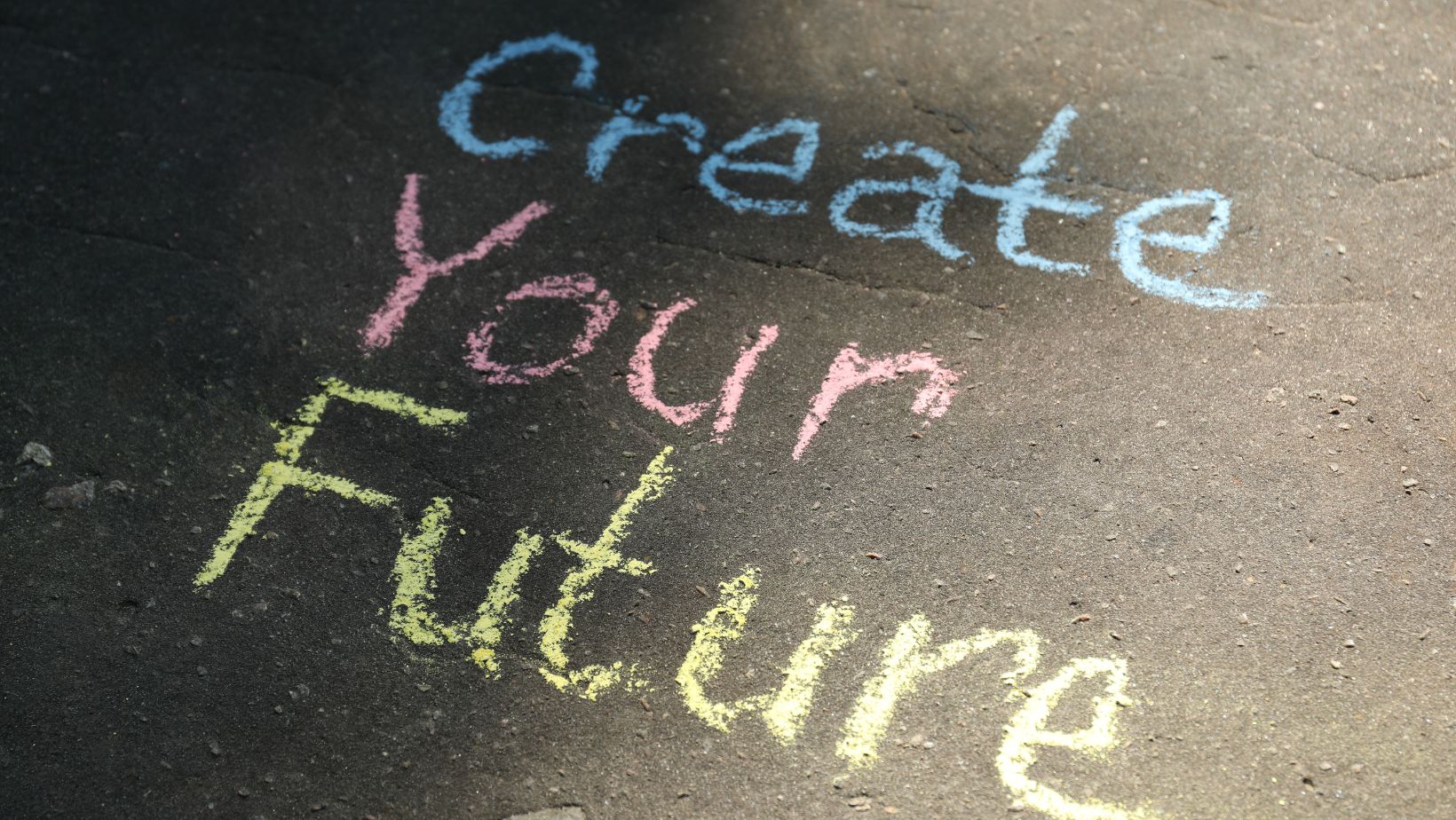Uniting the World for a Greener Tomorrow
September 25th is the Global Day of Climate Action, a powerful, worldwide movement that has been gaining momentum in recent years. As our planet faces unprecedented challenges due to climate change, the youth-led climate strike movement has emerged as a beacon of hope and a catalyst for change.
Understanding the Global Climate Strike
The Global Climate Strike is a series of protests and demonstrations that have been taking place across the globe to demand action on climate change. While the movement has gained significant attention in recent years, its roots can be traced back to the early 21st century when environmental activists, scientists, and concerned citizens began sounding the alarm about the rapidly deteriorating state of our planet.
The movement has been primarily spearheaded by young activists, including Greta Thunberg, who has become an international symbol of climate activism. Greta’s one-person strike outside the Swedish Parliament in 2018 sparked a global wave of climate strikes, with millions of students and adults taking to the streets to demand climate action. The movement is known for its Fridays for Future protests, where students strike from school to draw attention to the urgent need for climate action.
Significance of the Global Climate Strike
Raising Awareness: The Global Climate Strike has played a crucial role in raising awareness about the climate crisis. It has put climate change at the forefront of public discourse, forcing governments and corporations to address the issue seriously.
Holding Leaders Accountable: Climate strikes hold political leaders accountable for their actions, demanding that they take meaningful steps to reduce greenhouse gas emissions and transition to renewable energy sources.
Youth Empowerment: The movement has empowered young people to become climate activists and advocates for change. It has shown that young voices can be a driving force for policy change and global action.
International Solidarity: The Global Climate Strike is a testament to international solidarity. It unites people from diverse backgrounds and cultures under a common cause, highlighting the interconnectedness of the climate crisis.
The Urgent Need for Action
The urgency of addressing climate change cannot be overstated. The scientific consensus is clear: human activities, primarily the burning of fossil fuels, deforestation, and industrial processes, have led to a rapid increase in greenhouse gas concentrations in the atmosphere. This has resulted in rising global temperatures, more frequent and severe extreme weather events, melting polar ice caps, and disruptions to ecosystems.
The consequences of inaction are dire. Sea levels are rising, threatening coastal communities and low-lying islands. Extreme weather events, such as hurricanes, droughts, and wildfires, are becoming more destructive. Biodiversity loss is accelerating, endangering countless species. Climate refugees are on the rise as people are forced to flee their homes due to climate-induced disasters.
However, the Global Climate Strike offers hope and a way forward. By mobilizing millions of people around the world, it sends a powerful message that the status quo is no longer acceptable. It demands that governments and corporations take bold action to reduce emissions, transition to clean energy sources, and protect vulnerable communities and ecosystems.
How to Get Involved
Participating in the Global Climate Strike is a tangible way to make a difference and contribute to the fight against climate change. Here are some steps you can take to get involved:
- Join a Local Strike: Find out if there are climate strike events happening in your area and participate. These events often include marches, rallies, and educational activities.
- Support Youth Activists: Many of the leaders of the Global Climate Strike are young activists who are inspiring change. Follow them on social media, amplify their voices, and support their initiatives.
- Reduce Your Carbon Footprint: Take steps in your own life to reduce your carbon footprint. This includes using energy-efficient appliances, reducing single-use plastics, conserving water, and supporting renewable energy sources.
- Advocate for Policy Change: Contact your elected representatives and urge them to support policies that address climate change. Vote for candidates who prioritize climate action.
- Educate Yourself and Others: Stay informed about the latest climate science and solutions. Share information with friends and family to raise awareness.
Conclusion
The Global Climate Strike is a global movement that has captured the world’s attention and mobilized millions of people to demand climate action. It serves as a reminder that we all share a responsibility to protect our planet for future generations. The urgency of the climate crisis requires immediate and sustained action from individuals, communities, and governments alike.
By joining the Global Climate Strike, supporting youth activists, and advocating for policies that combat climate change, we can all play a part in the effort to create a greener, more sustainable world. The time to act is now, and the Global Climate Strike is a powerful tool in the fight for a brighter future.





